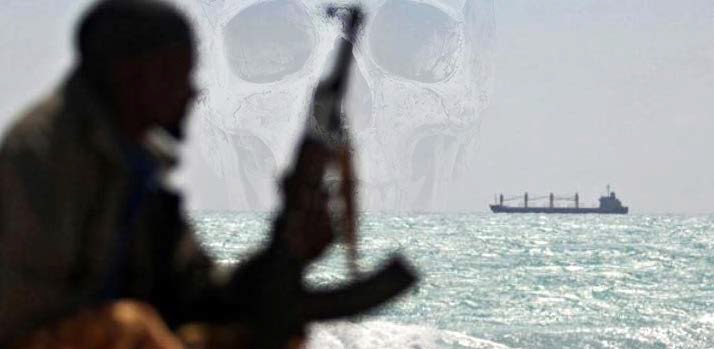
Piracy is a maritime security risk concern with deep historical roots that permeates all times and places. Nevertheless, this article will show that piracy embodies ambiguity in definition such that misunderstanding the crime inhibits an efficacious collective transnational response. Furthermore, due to definition limitations, the deficiencies in transnational counter piracy measures are often exacerbated by legal, procedural and financial factors, ultimately resulting in a dark figure in recorded piracy incidents. Notwithstanding that some counter measures, including the rebuilding of failed states and coordinated international cooperation have shown a degree of effectiveness. The combined rising incidence of piracy, its poorly defined nature coupled with developing disunity and instability in the S.E. Asian maritime region, undermines the viability of internationally coordinated counter-measures being implemented.
Historical Snapshot
The history of piracy can be traced back to 1200 B.C. in the Mediterranean, across the periods of ancient Rome and Greece to Middle Ages and through to today’s shipping lane choke points – the Gulf of Aden, the Gulf of Guinea, the Malacca Strait and off the Indian subcontinent. Nonetheless, current accepted definitions limit the international community’s ability to collectively counter this crime effectively.
Definitions and Delineations
Defined in Article 101 of the United Nations Convention on the Law of the Sea (UNCLOS), piracy is defined as any of the following acts:
- any illegal acts of violence or detention, or any act of depredation, committed for private ends by the crew or the passengers of a private ship or a private aircraft, and directed:
- on the high seas, against another ship or aircraft, or against persons or property on board such ship or aircraft;
- against a ship, aircraft, persons or property in a place outside the jurisdiction of any State;
(United Nations, 2009, sec. 101)
Such definition limits piracy to those actions carried out on the high seas. As strategy expert Peter Jennings points out if an attack on a vessel takes place in the territorial waters of a country, then it is a ‘crime at sea’ and not ‘piracy’. Such discrepancy means an appropriate, internationally accessible lexicon of language to facilitate collective reporting and responses is lacking. The miss-defined nature of piracy means that a dark figure exists in its official incident recordings of actions that at least in spirit are acts of piracy. For example, crime is committed in waters beyond UNCLOS defined boundaries of the high seas, yet the type of actions such as stealing and high jacking on vessels remain the actions of pirates in the organised criminal context…Click HERE to read full article.





